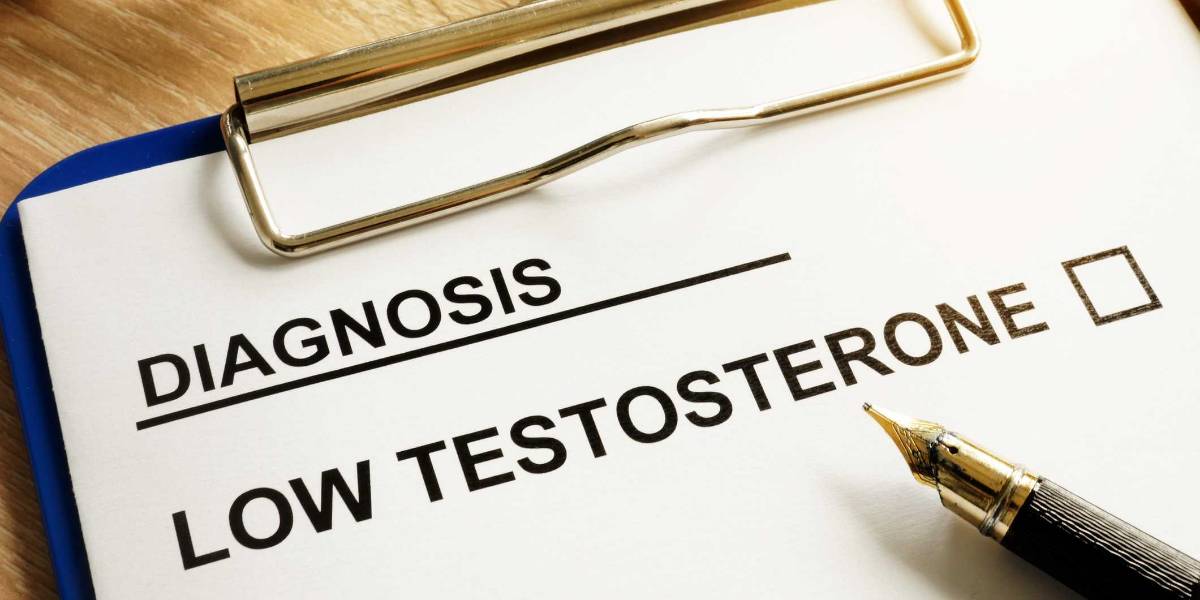A new diagnostic test has been developed that detects intact sperm in men with a common fertility problem.
The findings could aid male infertility treatment and could even lay the foundations for male birth control drugs.
One of the most common causes of male infertility is nonobstructive azoospermia (NOA), which is when poor sperm development means there is no sperm in the ejaculate.
One of the main problems with treating this condition is that it can take up to 10 hours in surgery to extract sperm from patients with NOA, and even then, success rates are variable.
Corresponding author Assistant Professor Andrei Drabovich, from the University of Alberta in Canada, set out to develop a non-invasive way of diagnosing NOA and identifying intact sperm.
Assistant Professor Drabovich said: “Tests that show the presence or absence of intact spermatozoa in semen can give a good clue of the total numbers of spermatozoa in the patient.
“If there are intact spermatozoa in the ejaculate that is a green light for urologist and the surgeon to go ahead with the surgery. However, it is an extreme challenge to find intact spermatozoa in a field of debris.”
Assistant Professor Drabovich and his team analysed semen from men with NOA and men with normal fertility. Their tests enabled them to identify two proteins – ASPX, which is found in the head of sperm, and AKAPA4, which is found in the tail.
Researchers then used computational algorithms to mine the cell debris and underdeveloped sperm, highlighting the sperm cells that were intact.
Assistant Professor Drabovich plans to further investigate how AKAP4 and ASPX contribute to sperm function, saying: “We want to see if we can flip the story and try to work on male contraceptives.
“If we know the function of the protein, we may be able to inhibit it to create a nonhormonal male contraceptive, which is a much desired type of drug at the moment.”
Read the study in Molecular & Cellular Proteomics.





